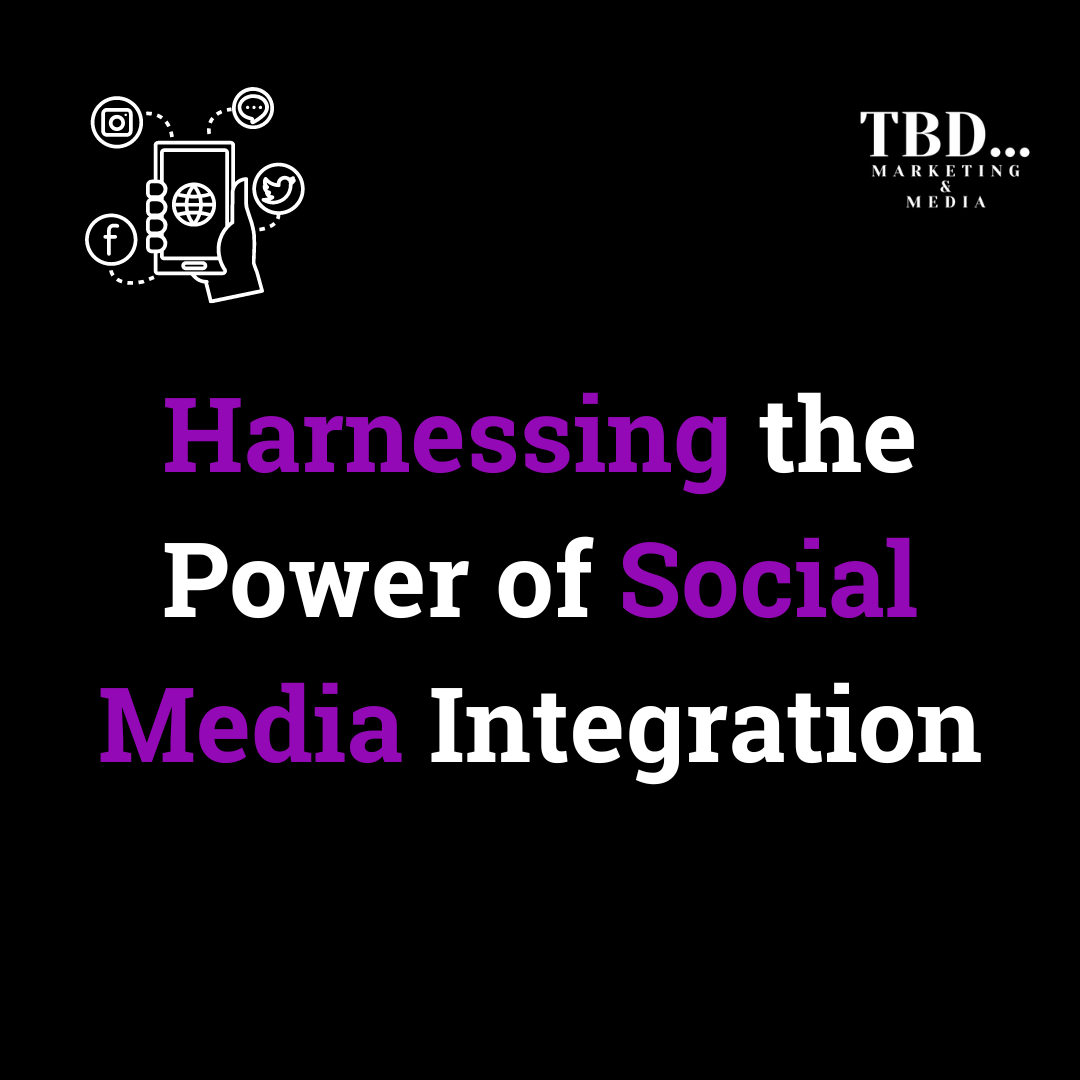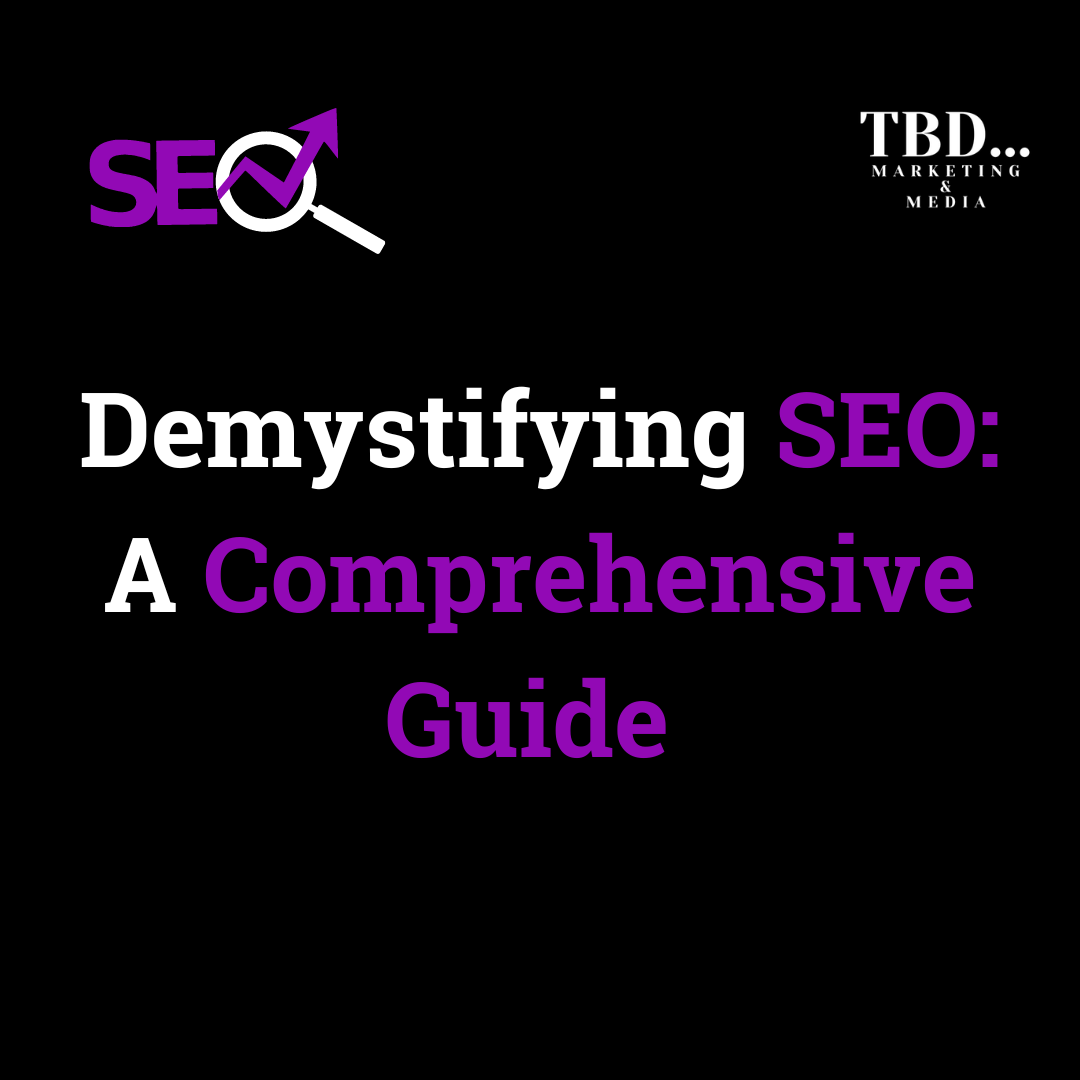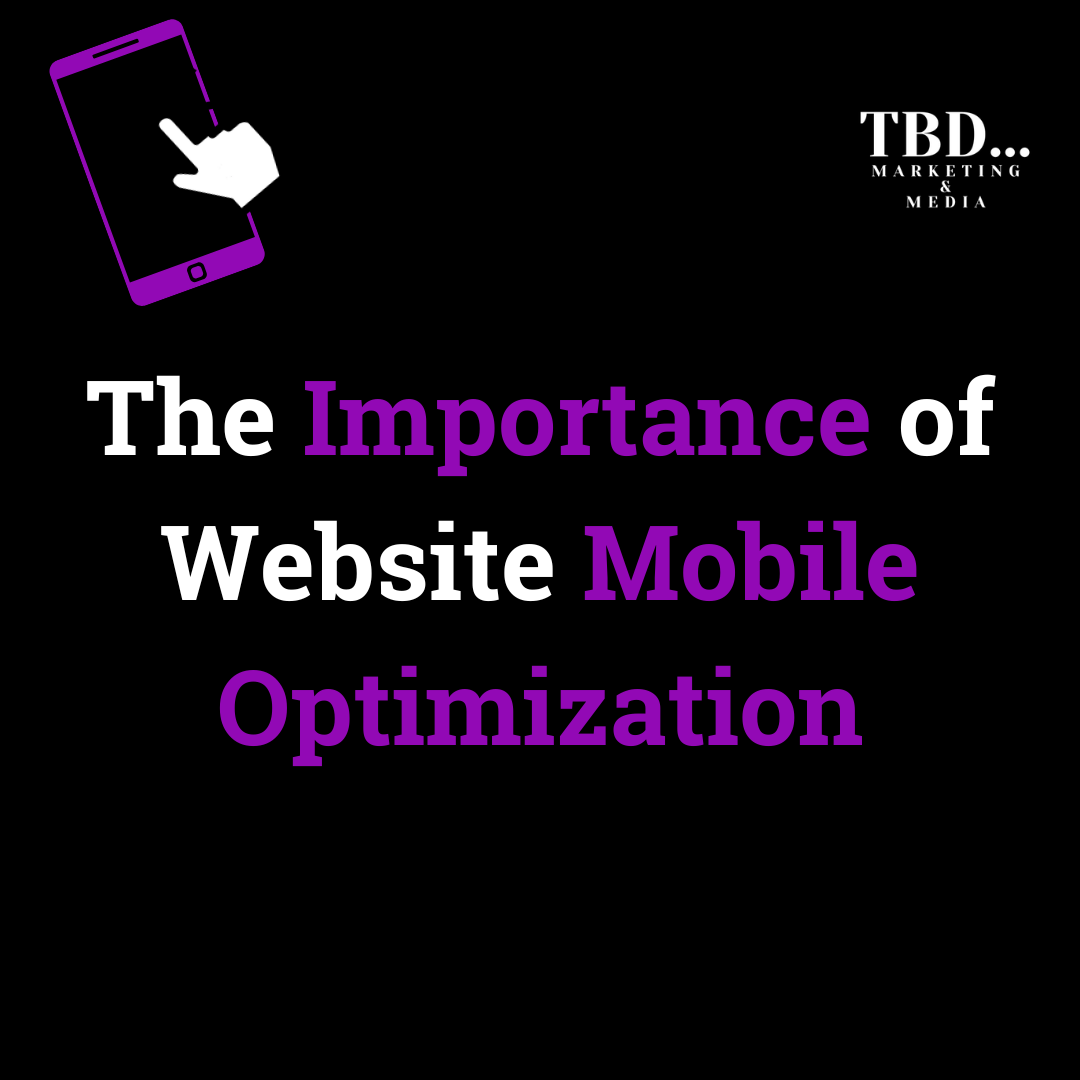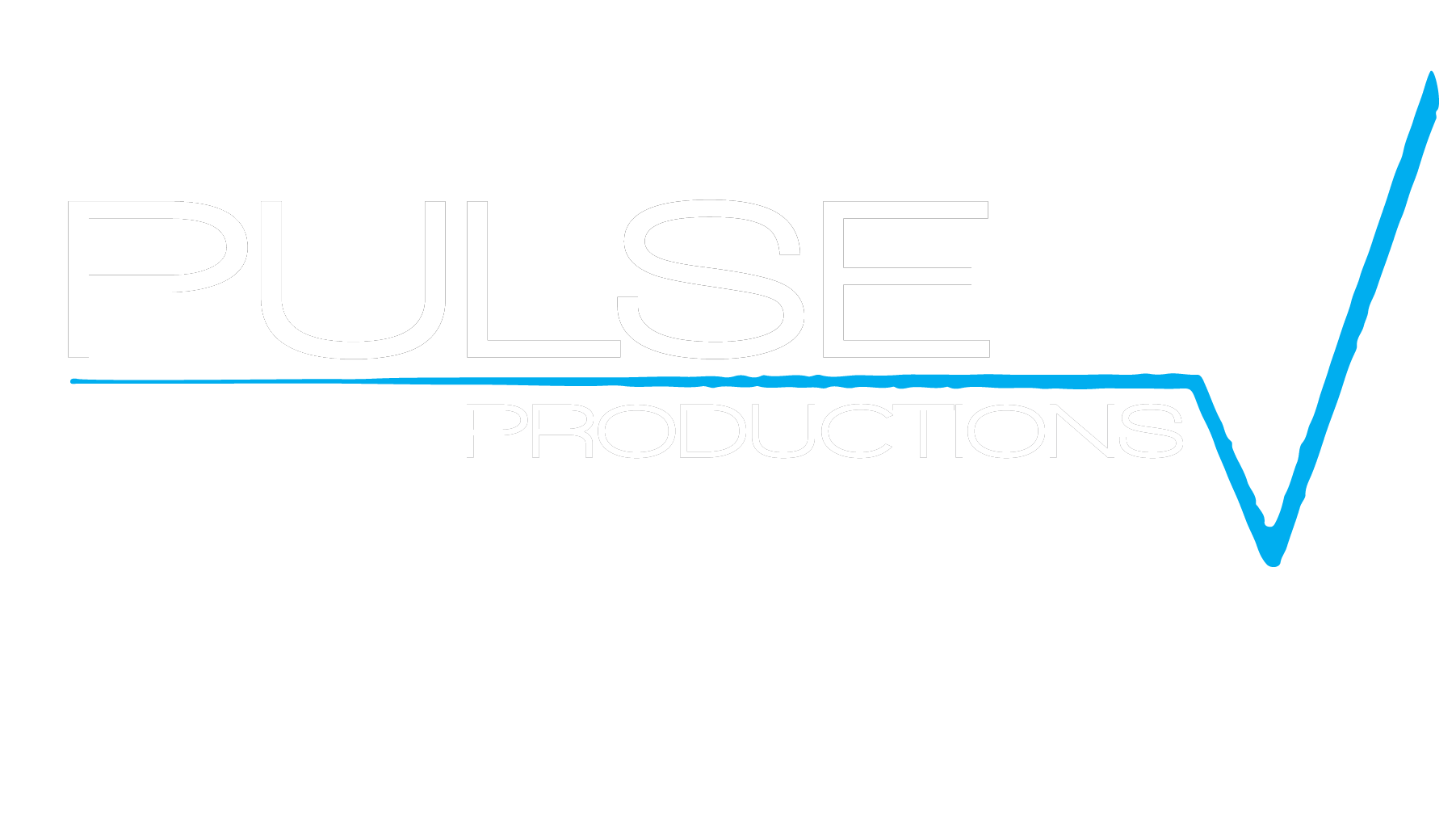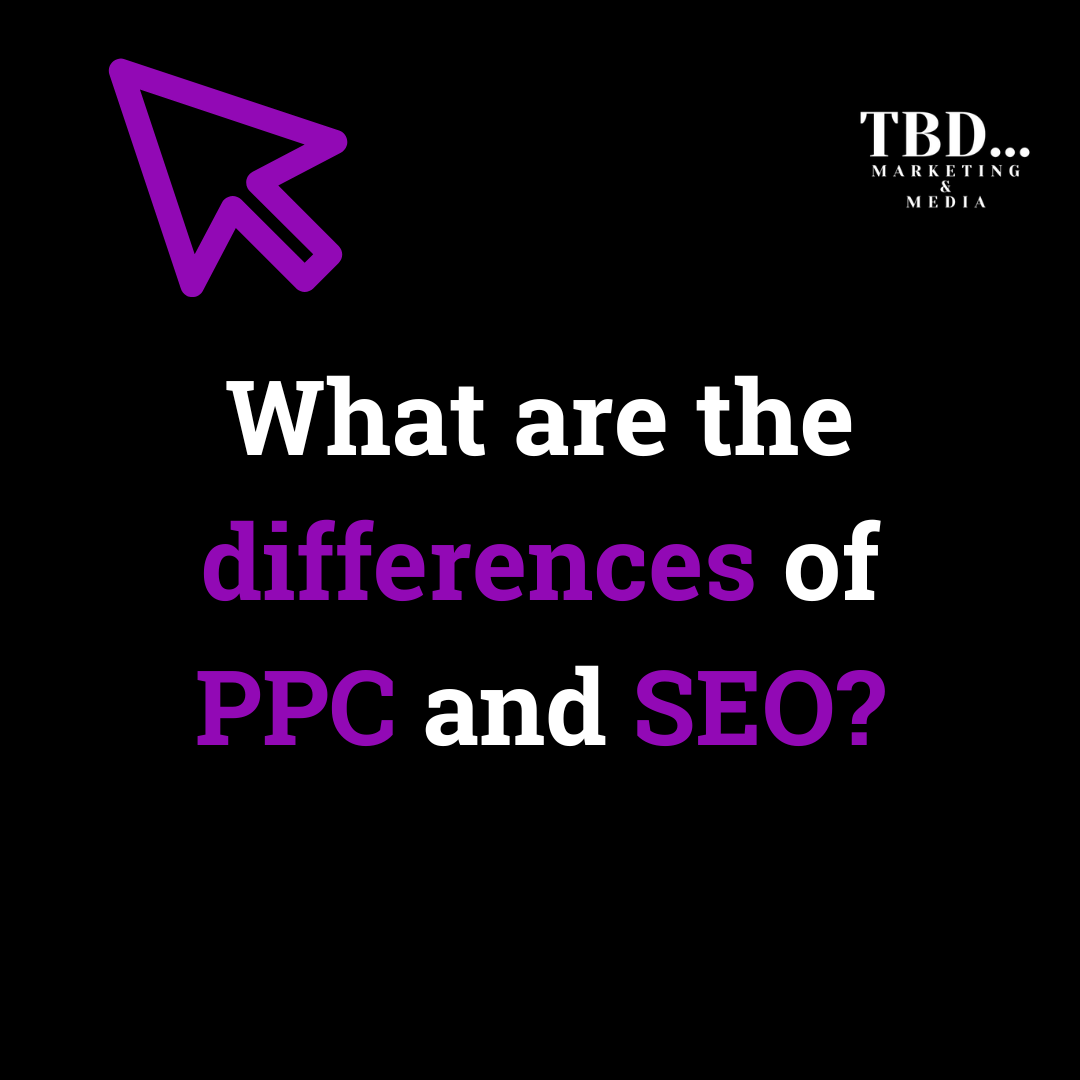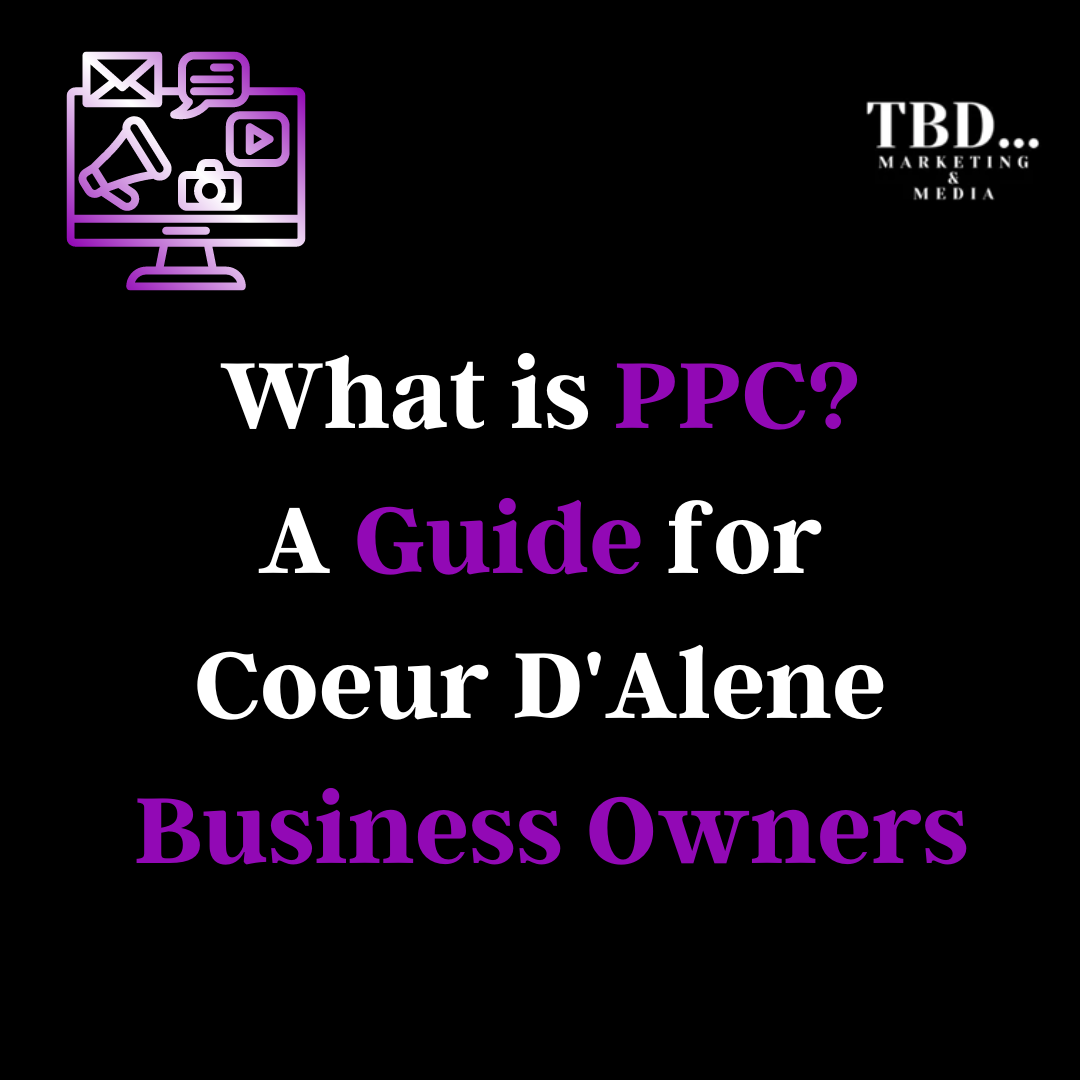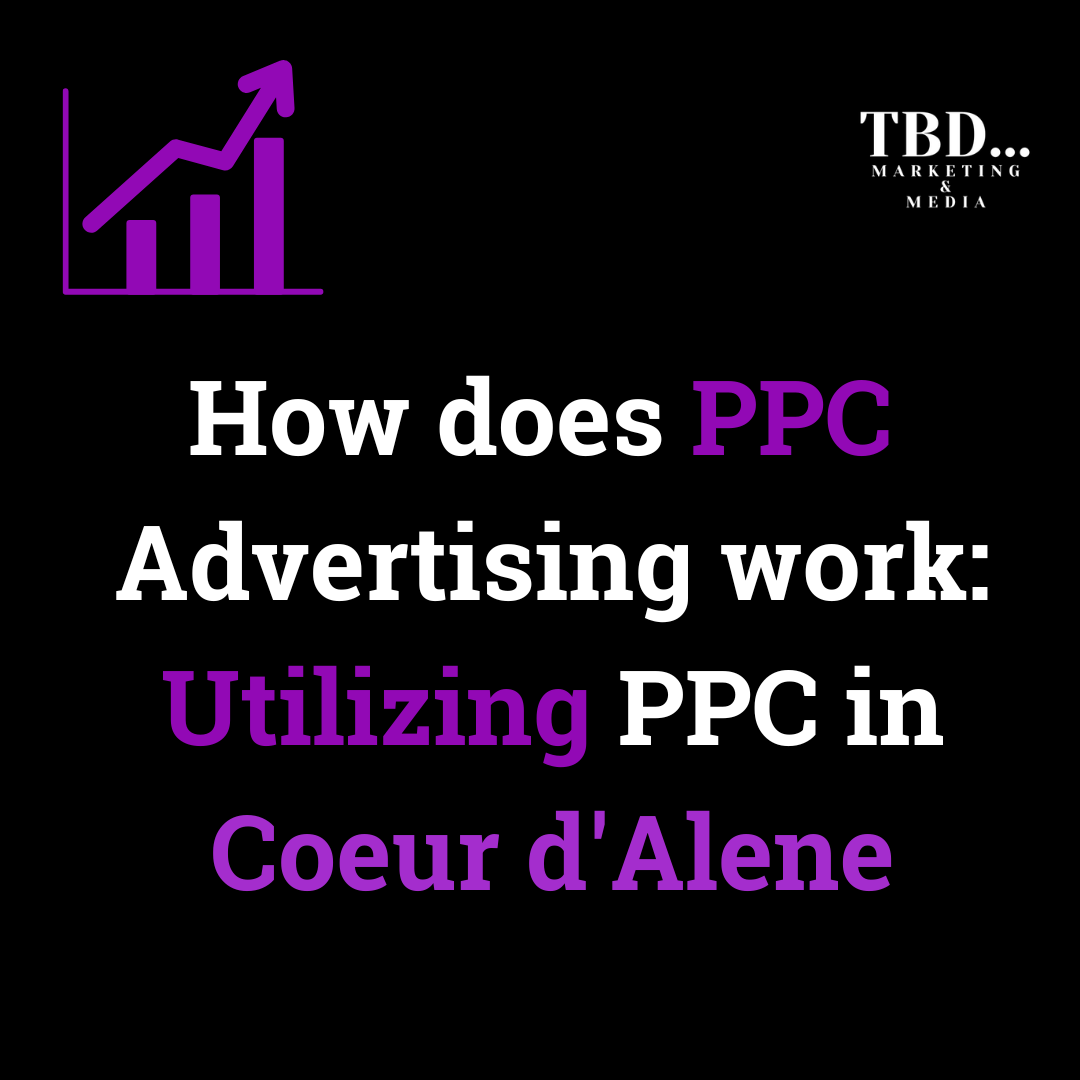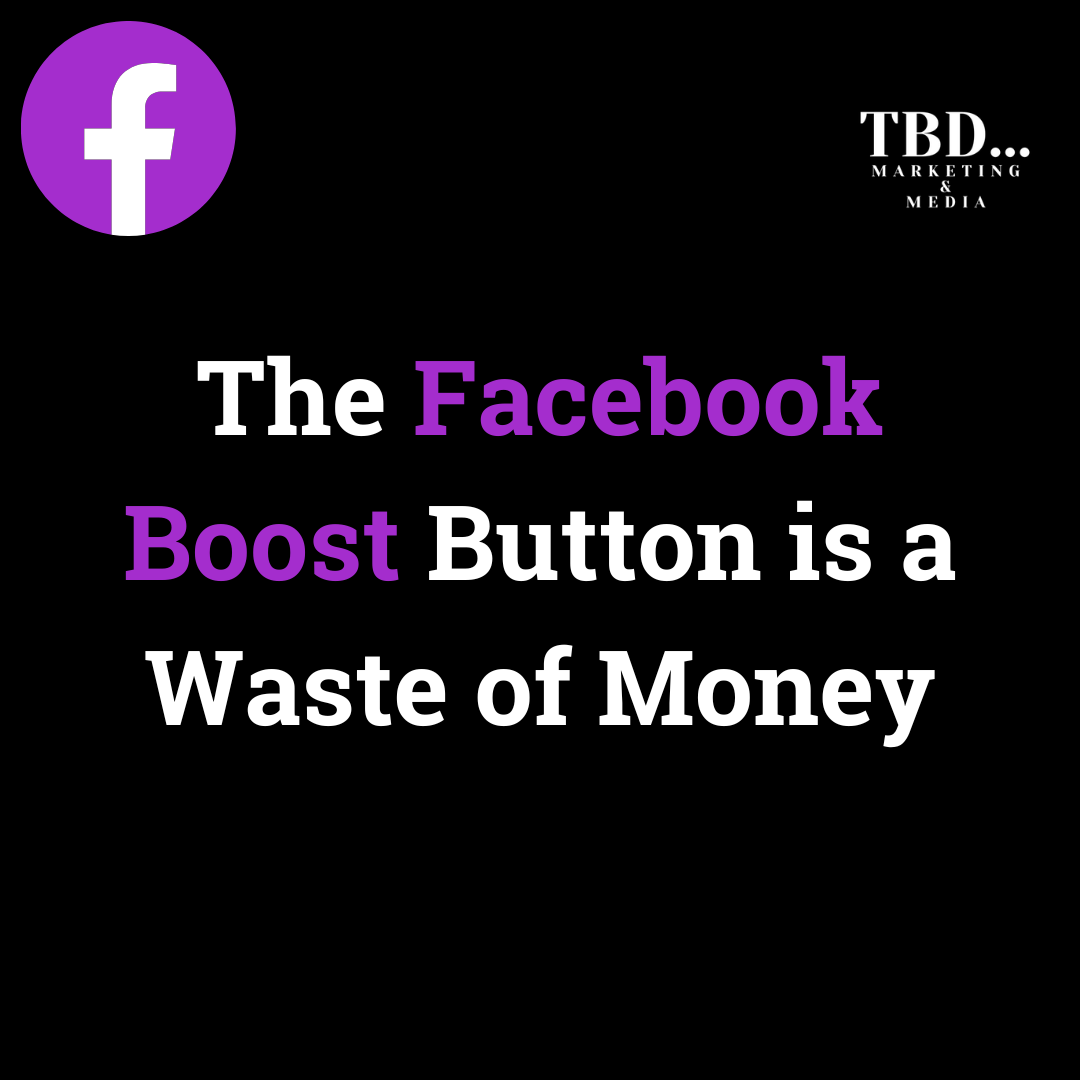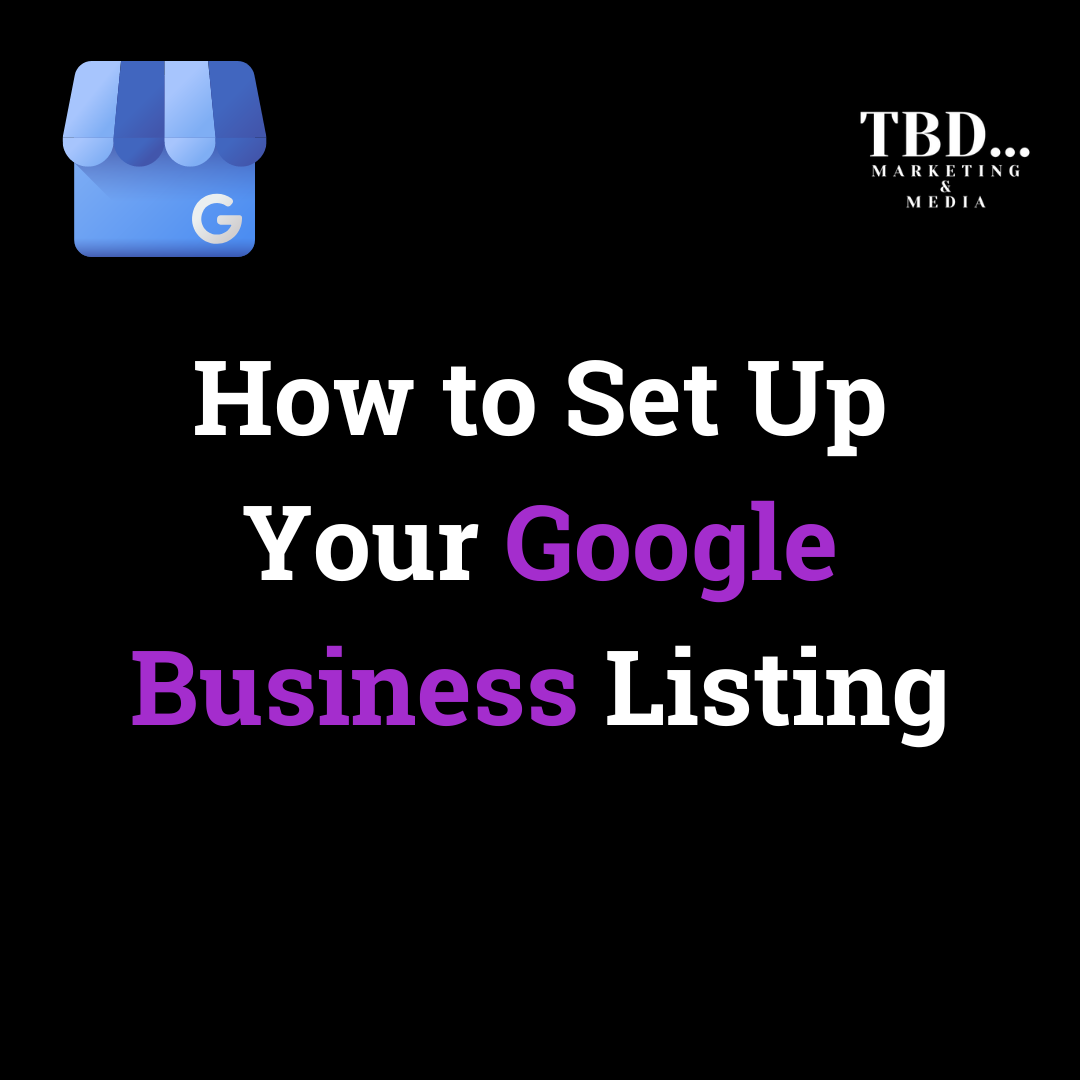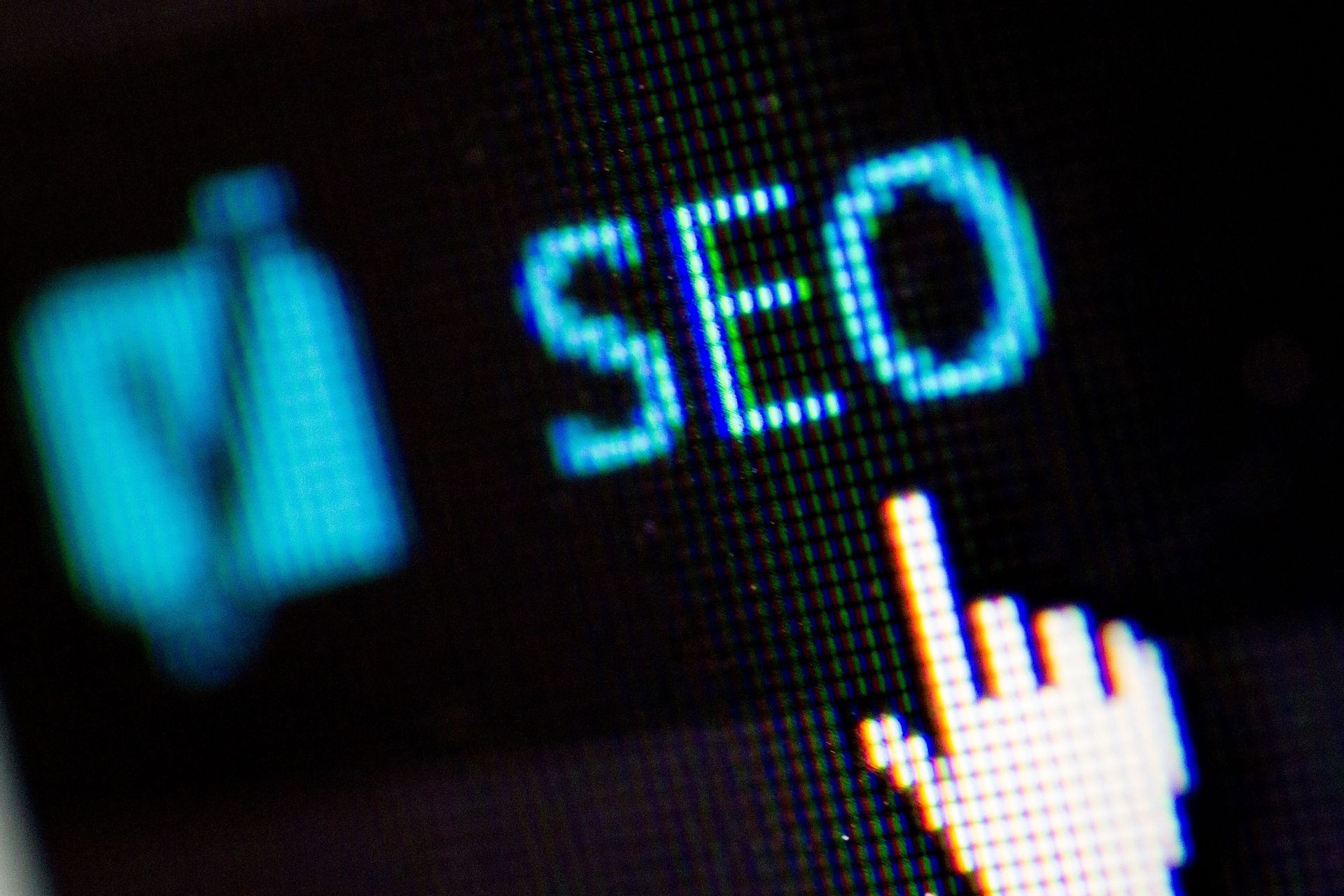6 Steps for Designing a Killer Logo
One of the first steps of creating a great brand is designing the logo. Where should you start?
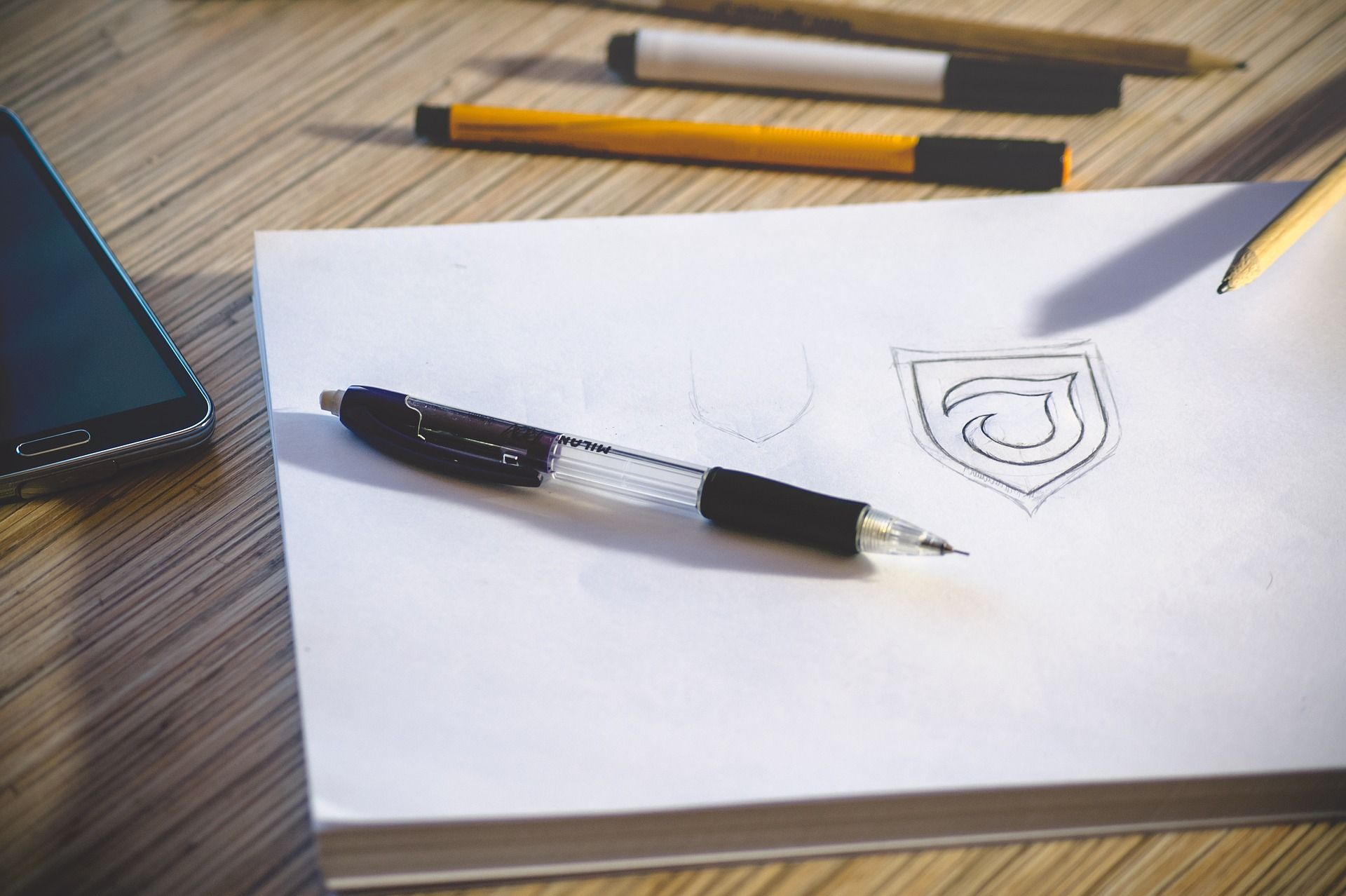
A logo is often the first thing that a potential customer sees, and it can make a lasting impression. A well-designed logo can help to establish a brand's identity and differentiate it from competitors. Here are 6 tips to keep in mind when designing your logo:
- Start by understanding your business and your target audience.
Knowing your ideal customer and their demographic will inform almost every decision as you start your new business. For your logo design to be relevant and appealing to the right people you need to put yourself in their shoes and understand what appeals to them. Doing this will make help future customers feel comfortable and encouraged to choose you over competitors.
- Keep it simple.
A logo should be easy to understand and remember. Avoid using too many colors, fonts, or other design elements, as this can make the logo appear cluttered and confusing. Modern logos have become more and more simple in their design. If you look back 10, 20 years the colors and shapes of the worlds leading logos we're bright, vibrant and bigger than life. Today, popular brands have all redefined their logos to be sleek and precise. It's hard to tell if the style of the logos changed because of a change in the taste of consumers, or if the taste of consumers changed as all of the major brands began to "rebrand" their extra exuberant logos.
- Consider using a symbol or icon in addition to the business name.
Some brands choose a logo that is simply text. This can work but you are missing out on a big opportunity by doing so. When creating your logo you have a chance to create something that visually stimulates the customer and leaves an impression, having a symbol or icon as part of your logo gives consumers a mental anchor associated with your logo and is much more likely to stick in their minds after the fact. This imagery should be a clear visual representation of your brand that helps explain what you do and leaves a great first impression.
- Use colors carefully.
The colors chosen for a logo can have a significant impact on its appearance and meaning. These colors will go on to be a large part of your brand for ongoing marketing efforts and more. Consider the emotions and associations that different colors can evoke, and choose colors that reflect the values and personality of the business. This is a great opportunity to have planned symbolism as to what the colors mean and represent, this can be a part of your ongoing company culture, it is worthwhile to put serious thought into what colors you choose.
- Make it scalable and versatile.
A logo should look good at any size, from a small favicon to a large billboard. This means that it should be designed with simplicity and clarity in mind, so that it remains legible and effective at any size. This is important to keep in mind while considering what uses your logo may have in the future. Will it look good on a hat? Can it be used across social media? Does it present well on a letterhead or as a tagline on an email? Thinking ahead will save you some headaches and embarrassment down the road. Have a plan for different color schemes, How will it look when on a dark backdrop; a light one? Be prepared for as many uses as you can.
- Test the logo with different audiences.
Before finalizing the design, it is a good idea to test the logo with different people to see how it is perceived. This can help to identify any potential issues and make any necessary adjustments to the design. Although the final decision is up to you seeking the opinions of others will help you see outside of your own tastes and possibly uncover problems you hadn't even considered.
Overall, designing a logo for a business is a process that requires careful consideration and planning. By following these tips, you can create a logo that effectively represents your brand and helps to establish its identity in the market. If you need assistance creating a logo that launches your brand and business to the next level we are here to help. Our team at TBD Marketing are passionate about the symbolism of a brand and would love to be a part of your process as you jump into the venture of creating a lasting company that is destined for success.

Ask TBD
